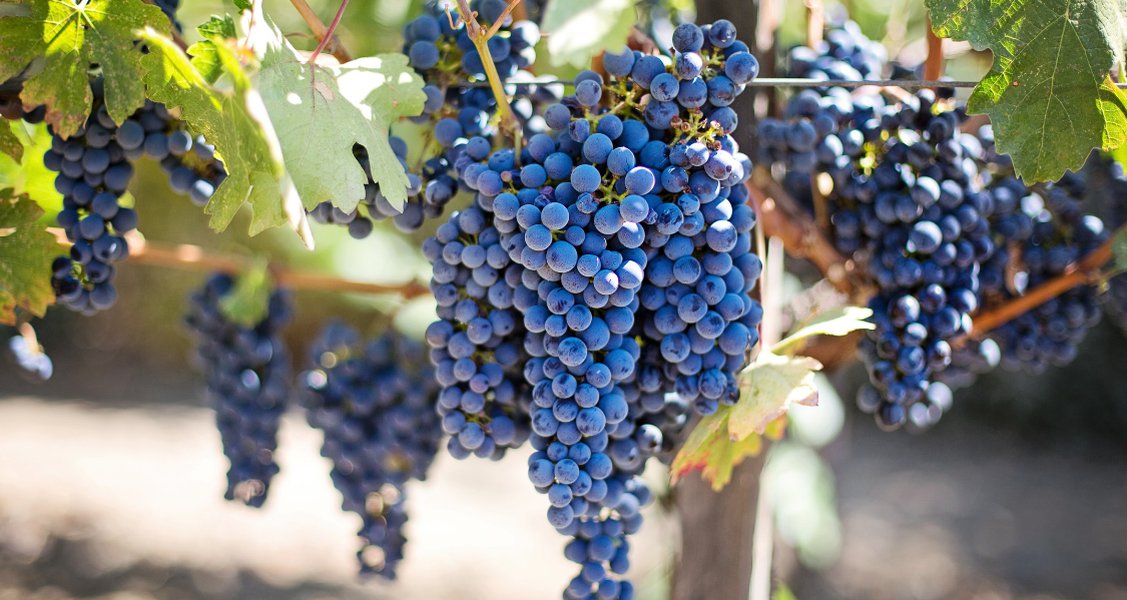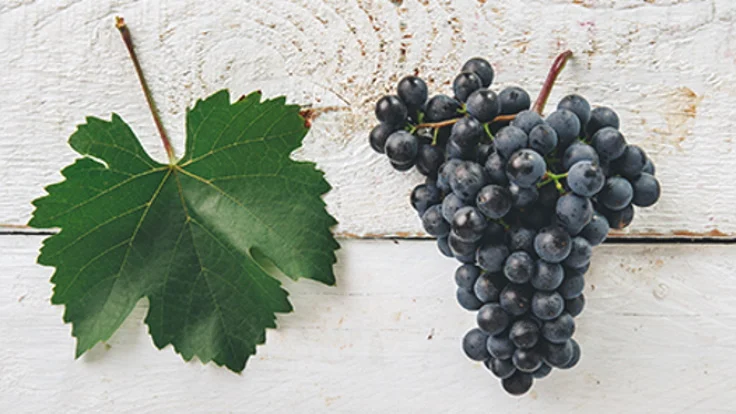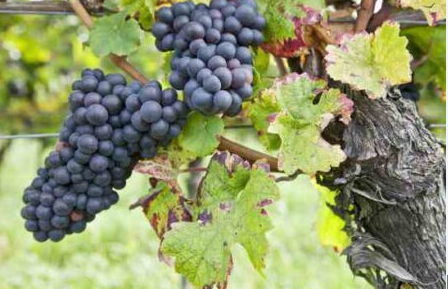Hungary, with its diverse and unique wine regions, boasts a rich tapestry of grape varieties that contribute to the country’s vibrant winemaking tradition. Transitioning from the northern Eger region to the renowned Tokaj in the northeast and down to the southern Villány, each locale weaves a distinct narrative through its choice of Hungarian grape varieties.
Unveiling the Elegance of Hungarian Terroir
To begin with, embarking on a captivating exploration of Hungarian wine, our journey commences in the illustrious Tokaj region. Here, the flagship grape, Furmint, takes center stage, weaving an intricate tale of elegance and tradition. Renowned for its pivotal role in crafting the legendary Tokaji Aszú, Furmint’s versatility shines as it transitions seamlessly from crafting dry wines to the lusciously sweet nectar of Tokaji Aszú. The grape’s high acidity and complex aromatic profile create a symphony of flavours that dance on the palate. Whilst, offering a unique glimpse into Tokaj’s rich terroir.
Kadarka: Eger’s Versatility in Red and Rosé
To add on, venturing southwest to the Eger region, we encounter the versatile Kadarka, a grape known for its thin skin and high acidity. Eger’s continental climate provides the perfect canvas for Kadarka to express itself in a variety of styles. Transitioning effortlessly from light and fruity reds to robust and full-bodied offerings, Kadarka showcases the diverse terroir of the region. Its adaptability becomes apparent as winemakers deftly craft both red and rosé wines, making Kadarka a true gem in Eger’s winemaking crown.

Kékfrankos: Villány’s Bold Expression
In the southern reaches of Hungary, the Villány region unfolds as the stage for the bold elegance of Kékfrankos. Originating from Austria, Kékfrankos, also known as Blaufränkisch, has found a second home in Villány’s Mediterranean-like climate. The grape is distinguished by its deep color and bold tannins, contributing to wines that exude both elegance and complexity. Winemakers in Villány leverage Kékfrankos’ adaptability to create a spectrum of styles, from approachable reds to age-worthy cuvées.
Hárslevelű: Tokaj’s Subtle Counterbalance in White
In addition, returning to Tokaj, we encounter Hárslevelű, a white grape that offers a subtle counterbalance to Furmint’s intensity. Transitioning seamlessly from floral aromas to lower acidity, Hárslevelű plays a crucial role in Tokaj’s renowned blends. Its delightful richness contributes to the diversity of Tokaj’s terroir, producing wines that range from dry to lusciously sweet. The nuanced expressions of Hárslevelű elevate Tokaj’s winemaking, adding layers of complexity to the region’s oenological tapestry.
Olaszrizling: Balaton’s Crisp Reflection of Volcanic Soils
Moving westward to the shores of Lake Balaton, the Olaszrizling grape takes center stage in the Balatonfüred-Csopak region. Transitioning from its Italian origins (Riesling), Olaszrizling adapts remarkably well to the volcanic soils surrounding the lake. Known for its crisp acidity and citrusy notes, Olaszrizling produces refreshing white wines that mirror the unique terroir of the Balaton region. The grape’s ability to reflect the character of the volcanic soils adds an intriguing dimension to Balaton’s winemaking.
Irsai Olivér: Danube’s Aromatic Symphony
Moreover, in the central Danube region, the Irsai Olivér grape emerges as a fragrant and aromatic delight. Transitioning from more traditional varieties, Irsai Olivér is celebrated for its floral and fruity character. Winemakers often use it to create aromatic and lively white wines, introducing a modern touch to Hungary’s winemaking landscape. Irsai Olivér’s refreshing and contemporary expressions contribute to the diversity of styles found along the banks of the Danube.
Conclusion
As we conclude our deep dive into Hungarian grape varieties, it becomes evident that each region contributes a unique chapter to the country’s winemaking story. Transitioning seamlessly from the volcanic soils of Balaton to the sun-drenched hills of Villány, Hungarian winemakers skillfully navigate a diverse array of grape varieties to craft wines that showcase the terroir and heritage of each region.
The kaleidoscope of Hungarian grape varieties invites wine enthusiasts on a journey through time and terroir. Transitioning from one region to another, one grape variety to the next, Hungary’s winemaking heritage unfolds, offering a tasting experience that is as diverse and captivating as the landscapes that shape each vineyard. Savor a glass of Hungarian wine, and you’ll find yourself experiencing the culmination of centuries of winemaking artistry, a true reflection of Hungary’s unique and vibrant wine culture.




